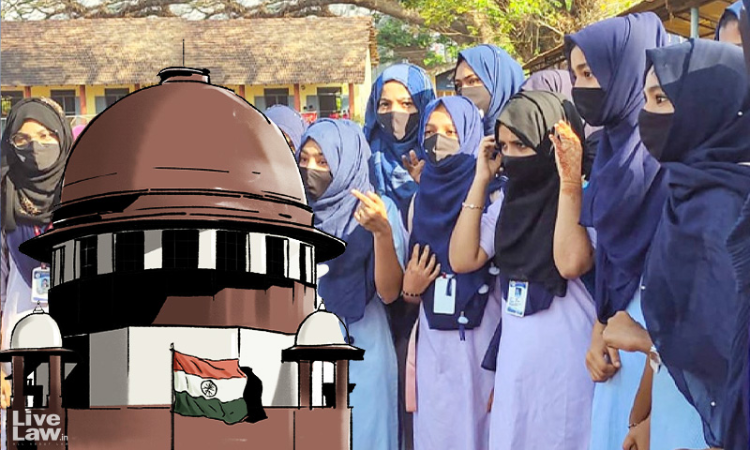A 66- year old social activist has moved the Supreme Court of India against the Karnataka High Court's Judgment which held that Hijab is not an essential religious practice of Islam and upheld the ban on wearing headscarves in schools and colleges.The petitioner, a hijab wearing woman herself has submitted that she wasn't given a chance to be heard by the High Court thereby violating her...

